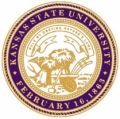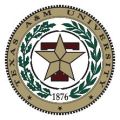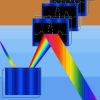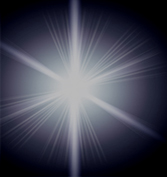Multidisciplinary University Research Initiative:
Attosecond Optical Technology Based on Recollision and Gating




Research Highlights:

-
Advances in carrier-envelope phase stabilization of grating-based chirped-pulse amplifiers
E. Moon, H. Wang, S. Gilbertson, H. Mashiko, M. Chini, Z. Chang
Laser & Photon. Rev. 4, 160 (2009)
(Cover story of Jan 2010 Laser & Photonics Reviews) -
Extreme ultraviolet supercontinua supporting pulse durations of less than one atomic unit of time
Hiroki Mashiko, Steve Gilbertson, Michael Chini, Ximao Feng, Chenxia Yun, He Wang, Sabih D. Khan, Shouyuan Chen, Zenghu Chang
Optics Letters 34, 3337 (2009)
(A March 2010 Nature Photonics Research Highlight)
Project Summary:
We propose to exploit a new gating method to improve attosecond sources even further. Currently we demonstrated a scheme called Double Optical Gating. Chang's group implemented an attosecond streak camera in his lab and have measured high contrast 107 as isolated pulses so far. We anticipate delivering to users single, isolated XUV pulses with 25 attosecond FWHM. Twenty-five attoseconds is one atomic unit of time - the natural time scale of the electron dynamics in atoms.
In the spectral domain, a single cycle, 25 attosecond pulse corresponds to a coherent supercontinuum with a width of 0.016 exahertz (73 eV). We propose to exploit both the large bandwidth and the short duration of attosecond pulses in spectroscopy and imaging applications. For imaging applications, the procedure that we propose will introduce a completely new approach to orbital tomography. It will be tested by Corkum and Sokolov.
In dynamics applications, we are using both attosecond optical pulses and electron wave packets as probes. The experiments take advantage of the full momentum measurement expertise at KSU (Cocke) and TAMU (Paulus). Electrons and ions are measured by COLTRIMS (cold target recoil ion momentum spectroscopy) and momentum imaging techniques to study electron dynamics in atoms and molecules. The laser pulses for attosecond generation will also be used by Lei, Corkum and Chang for nanoscale surface structuring and modification of solids.
These applications will have impact on DOD's capabilities in molecular fingerprinting and other areas. Five postdocs and five students are being trained through this research program.

